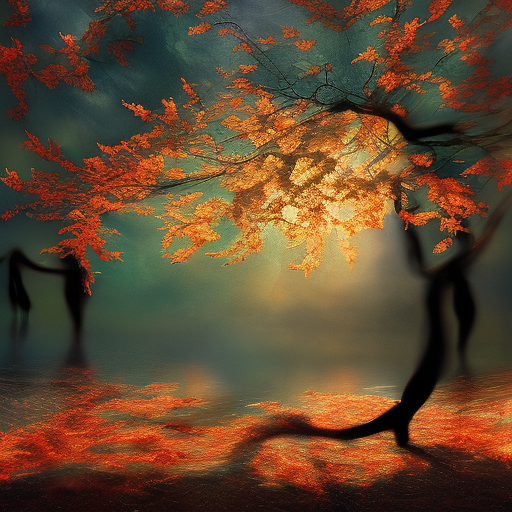One-line Summary:
In “Spring, Summer, Fall, Winter… and Spring,” directed by Kim Ki-duk, a young Buddhist monk’s journey through the changing seasons of life is portrayed, exploring themes of love, desire, and redemption.
Main Cast and Crew:
- Director: Kim Ki-duk
- Writer: Kim Ki-duk
- Main Actors: Oh Young-soo as the Old Monk, Kim Ki-duk as the Young Monk, Kim Young-min as the Adult Monk, Seo Jae-kyung as the Boy Monk, Ha Yeo-jin as the Girl, Kim Jong-ho as the Man
- Music Director: Park Ji-woong
- Director of Photography: Baek Dong-hyeon
- Producers: Karl Baumgartner, Kim Ki-duk
Plot:
The film is divided into five chapters, each representing a different season. In the first chapter, “Spring,” a young boy monk lives with an old monk on a floating temple in the middle of a serene lake. The old monk teaches the boy about life, nature, and the consequences of actions. One day, the boy encounters a sick girl from the nearby village, and they form a bond. However, their innocent love leads to tragedy when the girl’s mother discovers their relationship.
In the “Summer” chapter, the boy has become a young monk. A woman arrives seeking treatment for her emotional pain. The young monk falls in love with her, breaking his vows of celibacy. Consumed by guilt, he leaves the temple, abandoning his teacher and the woman.
The “Fall” chapter finds the young monk as an adult, living as a hermit in the forest. A man arrives seeking forgiveness for a crime he committed. The adult monk punishes himself by carrying a large stone on his back, symbolizing the burden of his sins. Eventually, the man’s guilt becomes unbearable, leading to a shocking act of self-mutilation.
In “Winter,” the adult monk returns to the temple, now covered in snow. He discovers a baby left on the temple steps and decides to raise him. The monk teaches the child about life, spirituality, and the importance of self-control. As the child grows into a young monk, he faces his own desires and temptations.
The final chapter, “Spring,” brings the story full circle. The young monk, now matured, experiences a spiritual awakening and realizes the cyclical nature of life. He sets out on a journey, leaving the temple behind, symbolizing the continuous cycle of birth, death, and rebirth.
Themes and Motifs:
“Spring, Summer, Fall, Winter… and Spring” explores themes of karma, the impermanence of life, and the interconnectedness of all beings. The film emphasizes the importance of self-reflection, forgiveness, and the pursuit of inner peace. Nature serves as a prominent motif, reflecting the characters’ emotional states and providing a backdrop for their spiritual journeys.
Reception and Legacy:
Upon its release, “Spring, Summer, Fall, Winter… and Spring” received critical acclaim for its poetic storytelling, stunning visuals, and profound exploration of Buddhist philosophy. The film won several awards, including the Silver Lion at the Venice Film Festival and the Best Director award at the Asian Film Awards.
Kim Ki-duk’s masterpiece has left a lasting impact on cinema, influencing filmmakers worldwide. Its meditative and contemplative approach to storytelling continues to resonate with audiences, making it a timeless classic in the realm of spiritual cinema.
Recommendation:
“Spring, Summer, Fall, Winter… and Spring” is a visually stunning and thought-provoking film that delves into the depths of human emotions and spirituality. It offers a unique cinematic experience that lingers long after the credits roll. This film is highly recommended for those seeking a profound and introspective journey.
Memorable Quote:
“The mind is everything. What you think, you become.”












